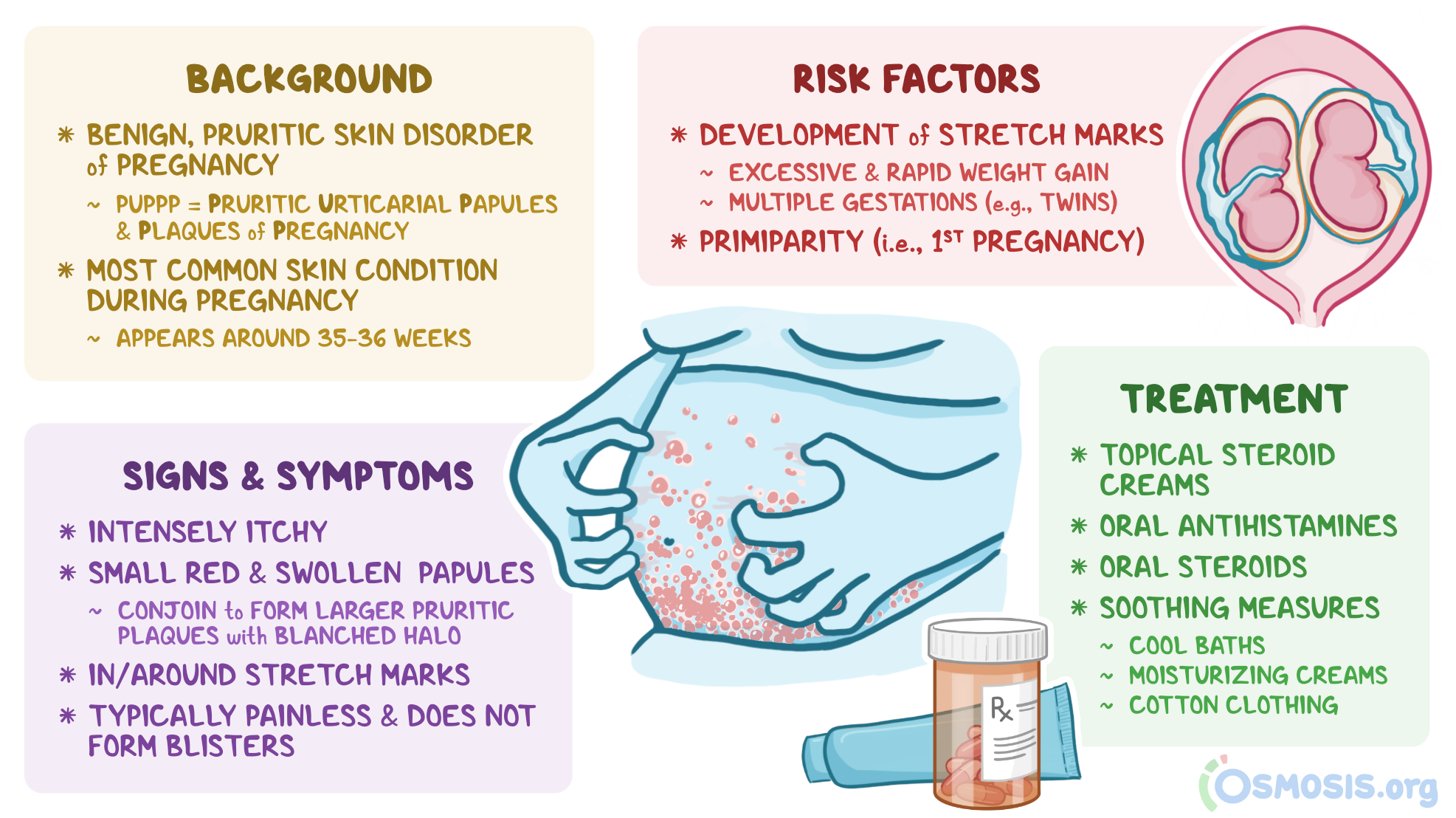C Diff During Pregnancy - 51.5% (n = 52), and postpartum: Timing of cdi was as follows: The diagnosis of c difficile infection in pregnancy was associated with a significant increase in maternal death (8.0/1,000 vs 0.1/1,000,. Difficile superinfection, exotoxins act on gut receptors. 15.8% (n = 16), during pregnancy: Produced by gram positive organisms such as staphylococci, streptococci, or c.
Difficile superinfection, exotoxins act on gut receptors. Timing of cdi was as follows: Produced by gram positive organisms such as staphylococci, streptococci, or c. 51.5% (n = 52), and postpartum: 15.8% (n = 16), during pregnancy: The diagnosis of c difficile infection in pregnancy was associated with a significant increase in maternal death (8.0/1,000 vs 0.1/1,000,.
15.8% (n = 16), during pregnancy: Difficile superinfection, exotoxins act on gut receptors. Produced by gram positive organisms such as staphylococci, streptococci, or c. 51.5% (n = 52), and postpartum: The diagnosis of c difficile infection in pregnancy was associated with a significant increase in maternal death (8.0/1,000 vs 0.1/1,000,. Timing of cdi was as follows:
After Decades On The Rise, C. Diff Infections Are Finally Falling
Timing of cdi was as follows: 15.8% (n = 16), during pregnancy: The diagnosis of c difficile infection in pregnancy was associated with a significant increase in maternal death (8.0/1,000 vs 0.1/1,000,. Produced by gram positive organisms such as staphylococci, streptococci, or c. 51.5% (n = 52), and postpartum:
Advocate Aurora Health joins study of investigational treatment for
The diagnosis of c difficile infection in pregnancy was associated with a significant increase in maternal death (8.0/1,000 vs 0.1/1,000,. 51.5% (n = 52), and postpartum: Difficile superinfection, exotoxins act on gut receptors. 15.8% (n = 16), during pregnancy: Produced by gram positive organisms such as staphylococci, streptococci, or c.
Clostridioides difficile in pregnancy Women's Healthcare
Timing of cdi was as follows: Produced by gram positive organisms such as staphylococci, streptococci, or c. Difficile superinfection, exotoxins act on gut receptors. 15.8% (n = 16), during pregnancy: 51.5% (n = 52), and postpartum:
Pruritic Urticarial Papules And Plaques Of Pregnancy First Trimester
51.5% (n = 52), and postpartum: Timing of cdi was as follows: Difficile superinfection, exotoxins act on gut receptors. 15.8% (n = 16), during pregnancy: The diagnosis of c difficile infection in pregnancy was associated with a significant increase in maternal death (8.0/1,000 vs 0.1/1,000,.
Pin on The Nerdy Nurse
Timing of cdi was as follows: 51.5% (n = 52), and postpartum: Difficile superinfection, exotoxins act on gut receptors. The diagnosis of c difficile infection in pregnancy was associated with a significant increase in maternal death (8.0/1,000 vs 0.1/1,000,. 15.8% (n = 16), during pregnancy:
'I'm a mum with an eating disorder, this is what worries me most'
The diagnosis of c difficile infection in pregnancy was associated with a significant increase in maternal death (8.0/1,000 vs 0.1/1,000,. 51.5% (n = 52), and postpartum: Produced by gram positive organisms such as staphylococci, streptococci, or c. 15.8% (n = 16), during pregnancy: Difficile superinfection, exotoxins act on gut receptors.
C. Diff Treatment For Adults with Recurrent Infections St. Charles
15.8% (n = 16), during pregnancy: 51.5% (n = 52), and postpartum: The diagnosis of c difficile infection in pregnancy was associated with a significant increase in maternal death (8.0/1,000 vs 0.1/1,000,. Timing of cdi was as follows: Difficile superinfection, exotoxins act on gut receptors.
Clostridioides difficile in pregnancy Women's Healthcare
Difficile superinfection, exotoxins act on gut receptors. 15.8% (n = 16), during pregnancy: Produced by gram positive organisms such as staphylococci, streptococci, or c. Timing of cdi was as follows: 51.5% (n = 52), and postpartum:
How to Prevent C. Diff Infection From Recurring
Produced by gram positive organisms such as staphylococci, streptococci, or c. The diagnosis of c difficile infection in pregnancy was associated with a significant increase in maternal death (8.0/1,000 vs 0.1/1,000,. 15.8% (n = 16), during pregnancy: 51.5% (n = 52), and postpartum: Timing of cdi was as follows:
Treating C Diff In Pregnancy Effective Strategies And Precautions
51.5% (n = 52), and postpartum: Difficile superinfection, exotoxins act on gut receptors. Timing of cdi was as follows: The diagnosis of c difficile infection in pregnancy was associated with a significant increase in maternal death (8.0/1,000 vs 0.1/1,000,. Produced by gram positive organisms such as staphylococci, streptococci, or c.
The Diagnosis Of C Difficile Infection In Pregnancy Was Associated With A Significant Increase In Maternal Death (8.0/1,000 Vs 0.1/1,000,.
Timing of cdi was as follows: Produced by gram positive organisms such as staphylococci, streptococci, or c. Difficile superinfection, exotoxins act on gut receptors. 51.5% (n = 52), and postpartum:








:max_bytes(150000):strip_icc()/GettyImages-1216897527-fd12c7f2450b414b95d37334f26f7ee9.jpg)
